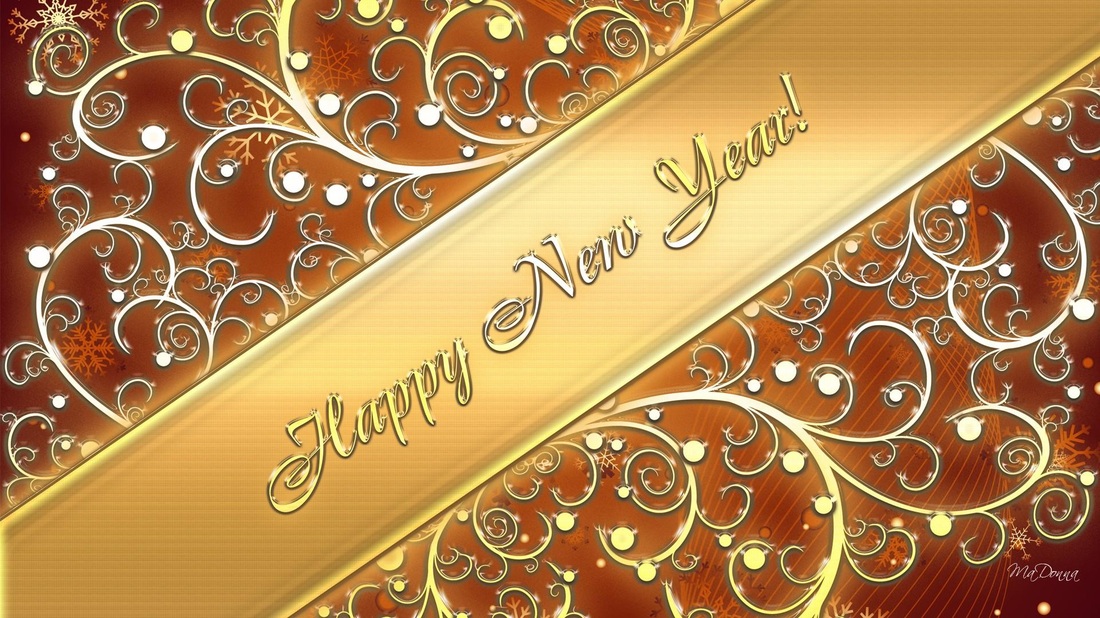 An believable tale is unfolding before our eyes in the Marshall Islands today reminding everyone of the tale from the novel, The Life of Pi. A man, Jose Salvador Alvarenga, has washed ashore in the Marshall Islands. He claims he set out to sea from the west coast Mexico for a day of shark fishing in December 2012 when a storm blew him (and his companion, Ezekiel) off course. They were carried off to sea; beginning a 13 month ordeal. Poor Ezekiel died early on, leaving Alvarenga to eat raw fish, turtles, and birds in order to survive. He miraculously washed ashore in the Marshall Islands: that's his story and he's sticking to it. However, unlike survivors of lesser adventures, Alvarenga is robust looking - not thin. (Perhaps he likes bird and turtle sushi?) Details of his story remain sketchy. He is unclear of exactly where he departed from in Mexico, he claims 3 brothers in America although he has no contact details, he has no personal identification, he claims to have no family in Mexico, and he arrived in the Marshall Islands a bit (well) early. Although it is possible that a boat launched from Mexico's west coast would eventually find its way to the Marshall Islands, it would take approximately 18 months to a year to do so, according to a Sydney-based oceanographer. Alveranga, made it in 13 months - adding a bit more skepticism to an already doubting crowd of bureaucrats. If his story checks out, perhaps someone should recruit him to compete in the America's Cup races this year (once they figure out where to hold the race).  As if the Super Bowl isn't enough, today is also Groundhog Day! As you set the scene for your big Super Bowl party, contemplate how you'll spend the next 6 weeks enjoying a prolonged winter. Yes, Punxsutawney Phil emerged this morning and announced he did NOT see his shadow, shook his head, and headed back into his burrow to snuggle in for another 6 weeks of winter slumber. Phil? Don't you care about the Super Bowl? You're going to miss all of the awesome commercials! (He was able to catch the Top 10 Superbowl Ads for 2014 before he headed back to bed.) Phil! Were did you go brah?!? The Seattle Seahawks are hitting the Denver Broncos! Wake up!!! At least hang around for the Bruno Mars - Red Hot Chili Peppers takedown. Everyone is talking about it! He's - just gone. He doesn't even want to watch Groundhog Day. He left muttering something about being mistaken for a football once....  Everyone smiles and hugs this time of year and wishes each other a Merry Christmas, Happy Hanukkah, or simply Happy Holidays. But what about Winter Solstice? Solstice is an important, yet often forgotten, event that is older than Christmas! In fact, Solstice is the reason why we wish each other a Merry Christmas each year. So what is Solstice? Solstice is a twice-yearly event that occurs in both winter and summer. Winter Solstice marks the shortest day of the year for those living in the Northern Hemisphere (and the longest day for those living in the Southern Hemisphere). This is the day wherein the earth moves through its yearly elliptical path around the sun. On the day of Winter Solstice, the sun will shine directly over the Tropic of Cancer – the farthest the sun reaches. This, naturally, leads to colder temperatures and less daytime light for all of those Northerners who have shoveled the drive, lit the Yule log, and settled in for year’s longest night of darkness. Tomorrow the sun will shine a little higher in the Northern sky each day until Summer Solstice in June. Egyptians, Celtics, Romans, and other Pagan cultures observed Winter Solstice as the day when light again prevails over darkness. They would celebrate the day with revelry. The cards they would have sent would have said Happy Dies Natalis Solis Invictus (meaning “the birthday of the unconquerable sun”). These guys were Pagan and they celebrated Holidays centered on Nature and grounded in fertility; their holidays were steeped in symbolism. For example, they used evergreen boughs to symbolize the eternally cyclical nature of life and oranges to symbolize the sun. Holly and ivy were used to decorate homes. Mistletoe, regarded as protection from fire and lightening (i.e., good luck) would be cut from oak trees by Druid priests and hung in celebration. Small gifts were exchanged to bestow luck on the recipients. There were rules, too. The log of an oak tree would be harvested from the land or given as a gift to a household. It was not to be purchased. It would be decorated with evergreen boughs, sprinkled with flour (symbolic of how the sun makes light and life possible), and doused with cider or ale (libations). A chunk of last year’s Yule log would enjoy star status as it was used to set the log ablaze (symbolizing the continuity of Nature’s cycles or the Wheel of Life). The log would burn throughout the night; conquering the darkness. A log that did not continue to burn for 12 days (i.e., one day for each month of the year) was considered a bad omen for that household. Pagans would bring out their finest fare to celebrate solstice. Apples, caraway cakes soaked in cider, nuts, eggnog, ginger tea, and clove-spiced cider graced a table decorated with evergreens, holly, and ivy. And the people would celebrate Midwinter. Do you see some of your Christmas festivities in this description of a Pagan celebration? No mistake there. The Christians tried hard to convert the Pagans but would find their new converts sneaking off to continue in their annual Pagan celebrations. Being pragmatic enough to realize that “when you can’t beat them, join them”, the Christians decided this would be a great time to celebrate the birth of Christ and allowed their new converts to celebrate an old holiday while conscripting their holiday symbols to tell an alternate, Christ-centered tale. So the next time you steal a kiss under the mistletoe, think about this: mistletoe is poisonous and a parasitic plant. It can only thrive by taking the life of the tree upon which it grows. Mistletoe = Death. And yet a kiss is usually a precursor to new life. (No, not all kisses lead to babies, but there is a statistically significant relationship between kissing and babies as most babies are born to couples that have kissed). Hence, that kiss under the mistletoe is a symbolic gesture acknowledging the Great Wheel of Life and Death. |
Categories
All
Archives
April 2020
|







 RSS Feed
RSS Feed